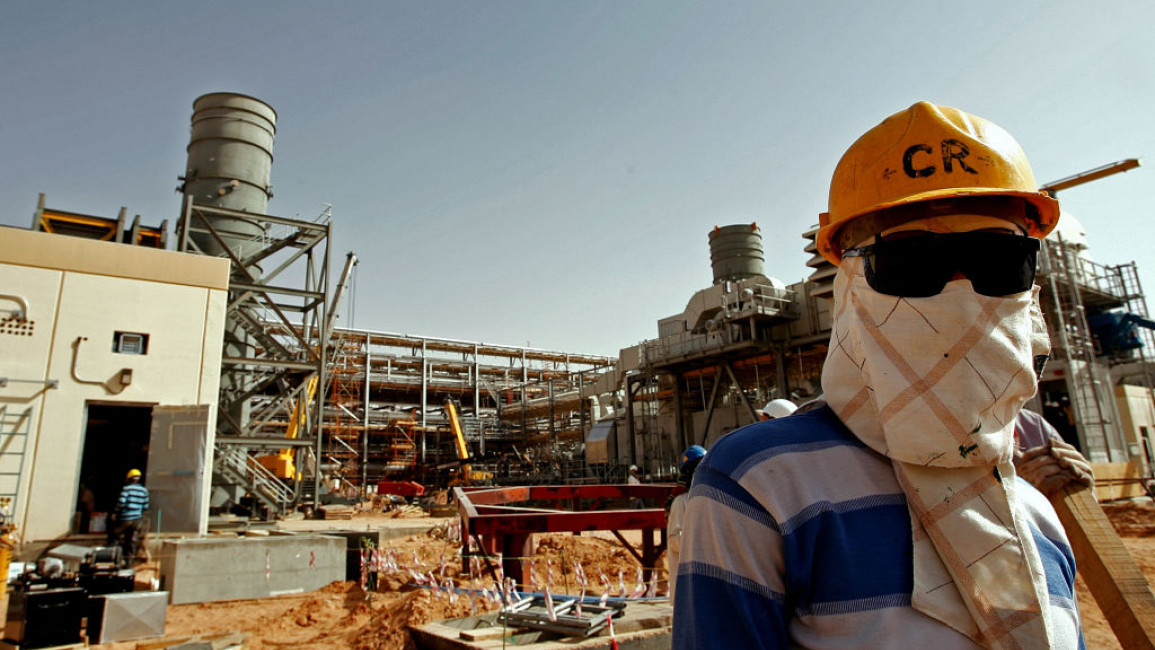Saudi and Russia extend oil cuts through December
Saudi Arabia and Russia said on Tuesday they would extend voluntary oil cuts until the end of the year, sending the price of Brent crude to a 10-month high.
The Saudi production cut of one million barrels per day (bpd) which first took effect in July will continue "for another three months until the end of December 2023," the kingdom's energy ministry said in a statement.
Russia's export cut of 300,000 bpd will continue for the same period, Deputy Prime Minister Alexander Novak said in a separate statement.
Brent crude rose above $90 per barrel on the news for the first time since November, while West Texas Intermediate, the main US futures contract, jumped 1.9 percent to $87.16.
Riyadh, the world's biggest crude exporter, first announced its cut after a June meeting of the 23-nation OPEC+ alliance, which also includes Russia.
A statement in early August revealing the cut would last through September included a warning that it could be "deepened," but Tuesday's announcement has kept it at the same level for now.
That decision "will be reviewed monthly to consider deepening the cut or increasing production," the energy ministry statement said.
The unilateral Saudi cut followed a decision in April by several OPEC+ members to slash production voluntarily by more than one million bpd - a surprise move that briefly buttressed prices but failed to bring about lasting recovery.
Last October, OPEC+ agreed to reduce output by two million bpd.
That decision riled the United States, which at the time accused Saudi Arabia, a security partner, of siding with Russia in the war in Ukraine.
Oil prices increased in July, the first month the Saudi-only cut took effect, clearing the $80 per barrel threshold analysts often say Riyadh needs to balance its budget, though the various production cuts could push that threshold higher.
Profits down
Brent crude traded at $88 per barrel at the end of August, Riyadh-based firm Jadwa Investment said in a report distributed Sunday, noting that "although persistently poor economic data from China has continued to weigh on sentiment, there is little doubt that fundamentals are tightening."
Justin Alexander, director of the consultancy Khalij Economics, said: "The additional cuts do appear to have boosted prices and the supply is looking tight in Q4 despite rising output from Iran and some other countries.
"However, the effort has come at a cost to the kingdom, with the reduction of its supply by 10 percent [on top of the 10 percent in cuts coming from the October and April OPEC+ meetings]."
Saudi daily production is at approximately nine million bpd, far below its reported daily capacity of 12 million bpd.
In August, oil firm Saudi Aramco announced profits of $30.08 billion for the second quarter of 2023, a fall of 38 percent from the same period last year when prices surged after Russia invaded Ukraine.
The decline "mainly reflected the impact of lower crude oil prices and weakening refining and chemicals margins," the firm, the jewel of the Saudi economy, said at the time.
Aramco chief executive Amin Nasser told reporters that despite recent cuts the firm had adequate supplies to meet customers' needs.
Nasser also said the firm's "mid to long-term view remains unchanged," predicting global demand to jump on the back of a broader economic recovery and highlighting demand from China that he described as "stronger than expected."
Saudi Arabia owns 90 percent of Aramco's shares and is depending on its revenue for Crown Prince Mohammed bin Salman's sweeping economic and social reform programme known as Vision 2030, which aims to shift the economy away from fossil fuels.
The distribution of a new performance-linked dividend of $9.9 billion for the third quarter - with similar payments expected over six quarters - "will provide a temporary offset for the revenue lost as a result of the additional cuts," Alexander said.



